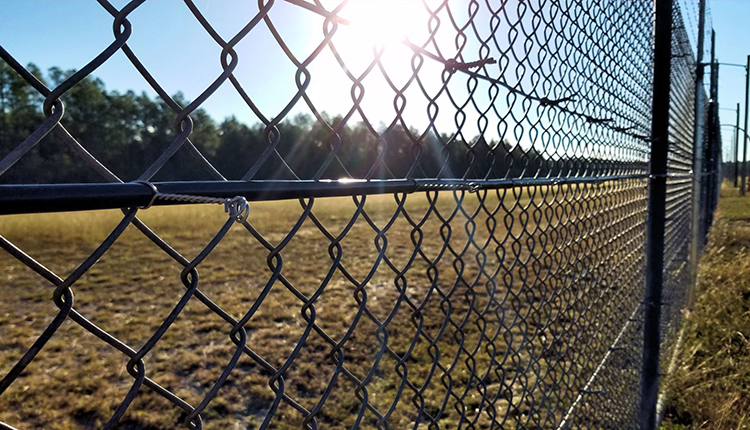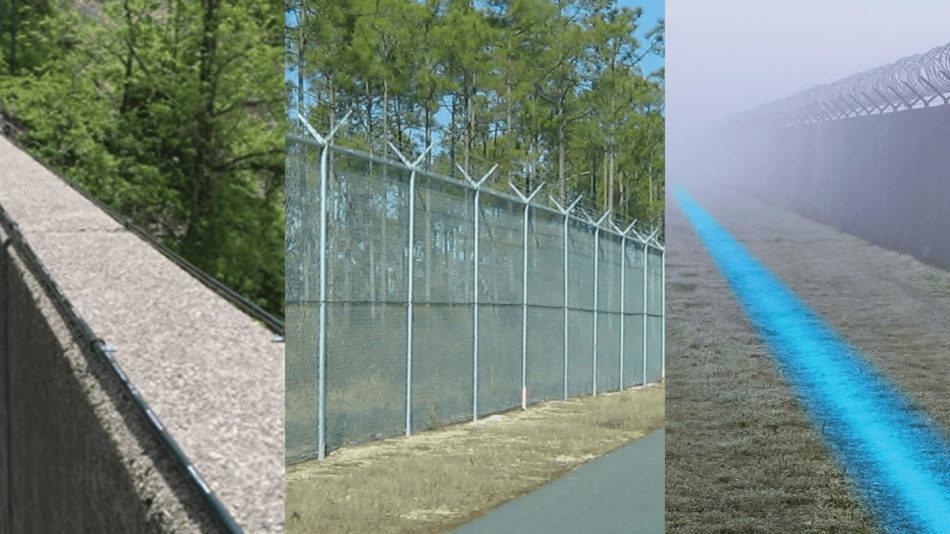Security Fibers: A Reliable Solution for Cutting-Edge Security Systems
Wiki Article
Why Fiber Optic Protection Systems Are the Future of Protection
The transition to fiber optic safety and security systems marks a substantial development in the realm of protection, driven by their exceptional information transmission capabilities and resilience to exterior disturbances. These systems not just promote faster and extra reputable communication but likewise offer a cost-effective remedy with lowered maintenance needs. As the landscape of safety and security evolves alongside arising innovations such as AI and IoT, the capacity for fiber optics to enhance and redefine safety and security infrastructures becomes increasingly evident. Nonetheless, the ramifications of these advancements increase critical inquiries about the future of protection actions and their efficiency in an ever-changing setting.Advantages of Fiber Optic Equipments
Among the key advantages of fiber optic systems is their exceptional bandwidth capability, which helps with the transmission of large volumes of data over long ranges without substantial loss. This characteristic is particularly useful for safety and security applications that need the continuous surveillance and transfer of high-def video feeds, sensor information, and other vital details. Optical fiber can fit the growing demands of modern-day safety systems, guaranteeing that data continues to be undamaged and trustworthy.Furthermore, fiber optic cords are less susceptible to electro-magnetic disturbance, which can be a substantial concern in atmospheres with different digital gadgets. This resistance improves the stability of the information being sent, thus reducing the risk of data violations or system failings. Fiber optic systems are inherently much more secure than conventional copper cords, as touching right into a fiber optic line without discovery is extremely challenging.
The sturdiness of fiber optic cable televisions also adds to their charm. They are resistant to ecological aspects such as wetness and temperature level fluctuations, reducing upkeep prices and increasing system durability. In general, these advantages position fiber optic systems as a durable and reliable option for modern-day safety and security facilities, making sure reputable and safe information transmission.
Enhanced Information Transmission Rate

The ability to send substantial amounts of data rapidly facilitates the seamless integration of high-definition video clip feeds and advanced analytics. Protection systems can currently process and examine details in real-time, improving reaction times and situational recognition. Furthermore, fiber optic connections sustain longer transmission distances without destruction of signal high quality, making them excellent for large safety and security networks.
The raised rate of fiber optic systems not just improves the efficiency of safety and security operations yet also decreases latency. This is particularly essential in vital circumstances where prompt decision-making can avoid safety and security violations or minimize potential dangers. As organizations proceed to focus on security and efficiency, the need for fast and dependable information transmission will certainly strengthen fiber optic systems as a foundation of contemporary safety and security framework.
Resistance to Interference
Fiber optic safety and security systems regularly demonstrate extraordinary resistance to electromagnetic interference, a vital advantage in atmospheres susceptible to electronic sound. Unlike standard copper cables, which can be negatively impacted by magnetic fields, radio frequency disturbance, and various other types of electrical disturbance, fiber optic cords make use of light to send data. This inherent home makes certain that the signals remain clear and unchanged, despite surrounding electronic task.The usage of glass or plastic fibers in fiber optic modern technology develops an obstacle against disturbance, enabling trusted data transmission also in challenging situations such as commercial facilities, city locations with high electronic traffic, or places near radio towers. This particular substantially reduces the chance of signal degradation or loss, making fiber optic systems especially suitable for safety and security applications where stability and precision of data are vital.
Moreover, this resistance to disturbance boosts the general efficiency and dependability of security systems, making sure that tracking and sharp systems function effortlessly. In a world where security is increasingly threatened by sophisticated modern technologies, the resilience of fiber optic systems attracts attention as a pivotal attribute, enhancing their condition as an essential element of contemporary security framework.
Cost-Effectiveness Gradually
Substantial expense savings can be accomplished over time with the implementation of fiber optic safety and security systems. While the initial financial investment may seem greater compared to conventional copper-based systems, the lasting economic advantages emerge through reduced functional and upkeep expenses (fiber security). Fiber optic cables are inherently much more resilient and much less at risk to environmental variables, which translates to fiber optic security system decrease replacement and fixing expenses over their lifespanIn addition, fiber optic systems require less power to operate, which better decreases energy prices. Improved information transmission abilities permit fewer repeaters and amplifiers, minimizing equipment investment and enhancing setup procedures. The scalability of these systems likewise adds to cost-effectiveness, as organizations can increase their safety and security facilities without incurring considerable extra expenses.
Another factor to think about is the raised performance in tracking and response capabilities that fiber optics give. Enhanced real-time data transmission can lead to quicker event action times, potentially mitigating losses and responsibilities linked with security violations. In amount, the lasting advantages of fiber optic security systems not just warrant the first expense but also position them as a monetarily prudent option for companies looking for robust security remedies.

Future Advancements in Safety And Security
Advancing innovations are established to transform safety systems, integrating expert system (AI) and device learning to improve risk discovery and reaction abilities. These advancements will certainly allow security systems to examine huge amounts of data in real-time, identifying patterns and abnormalities that indicate potential threats. This proactive technique will certainly allow faster decision-making and extra reliable incident reactions.Additionally, the unification of the Web of Points (IoT) is leading the way for interconnected protection tools, supplying thorough security and surveillance. Smart sensors can communicate info concerning environmental adjustments, while automated informs can notify safety workers immediately of questionable activities.
Additionally, the development of biometric innovations will certainly further strengthen safety mechanisms. Face acknowledgment, fingerprint scanning, and retina recognition are ending up being extra sophisticated, providing layers of verification that are tough to bypass.
Final Thought
To conclude, fiber optic protection systems stand for a substantial advancement in security technology, using exceptional data transmission rate, resistance to electromagnetic disturbance, and long-term cost-effectiveness. As the need for sophisticated safety solutions continues to grow, the combination of fiber optics with arising modern technologies such as AI, IoT, and biometrics will even more enhance security facilities (fiber security). The combination of these advancements will make sure a more safe and responsive setting, solidifying optical fiber as a keystone of future security systemsReport this wiki page